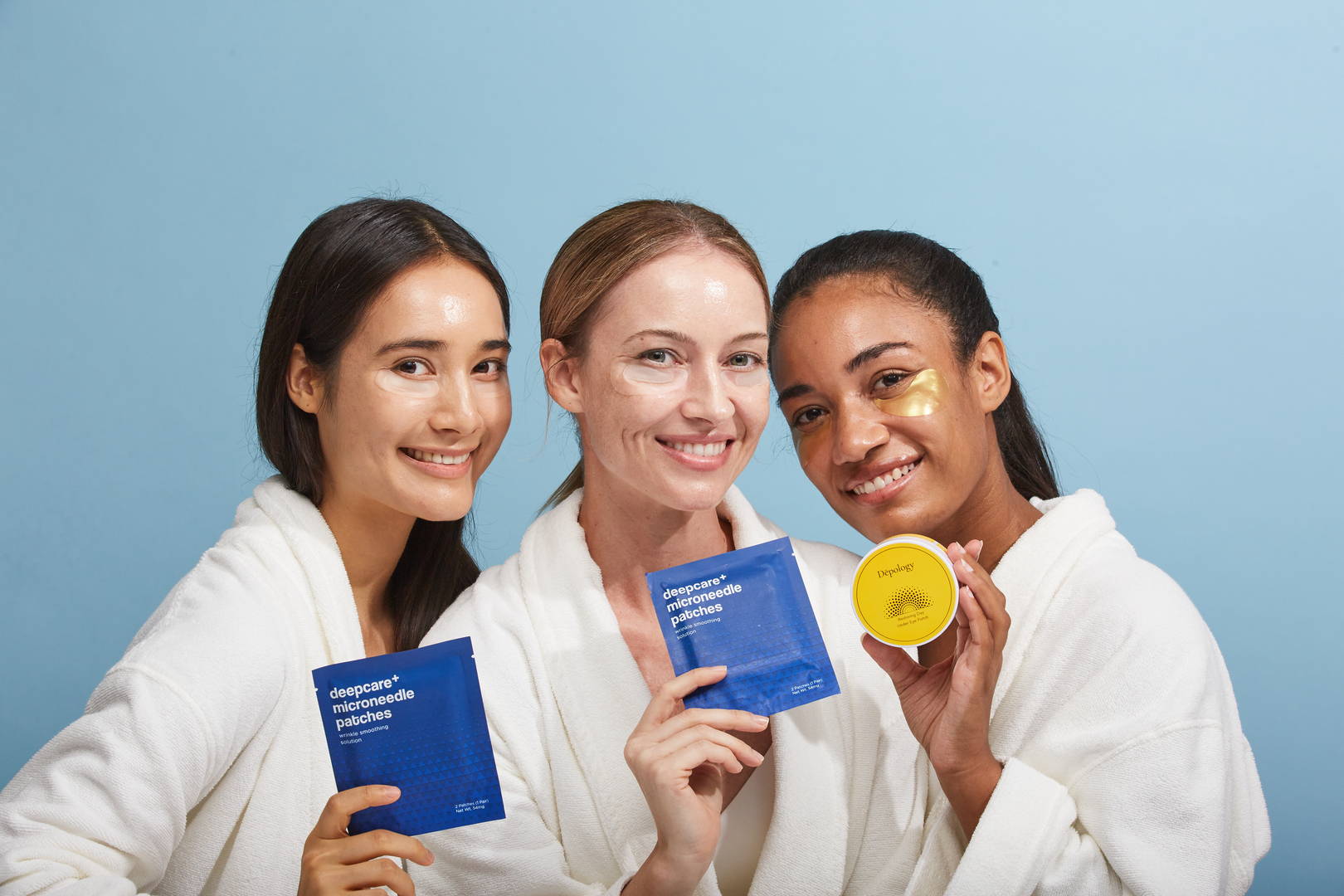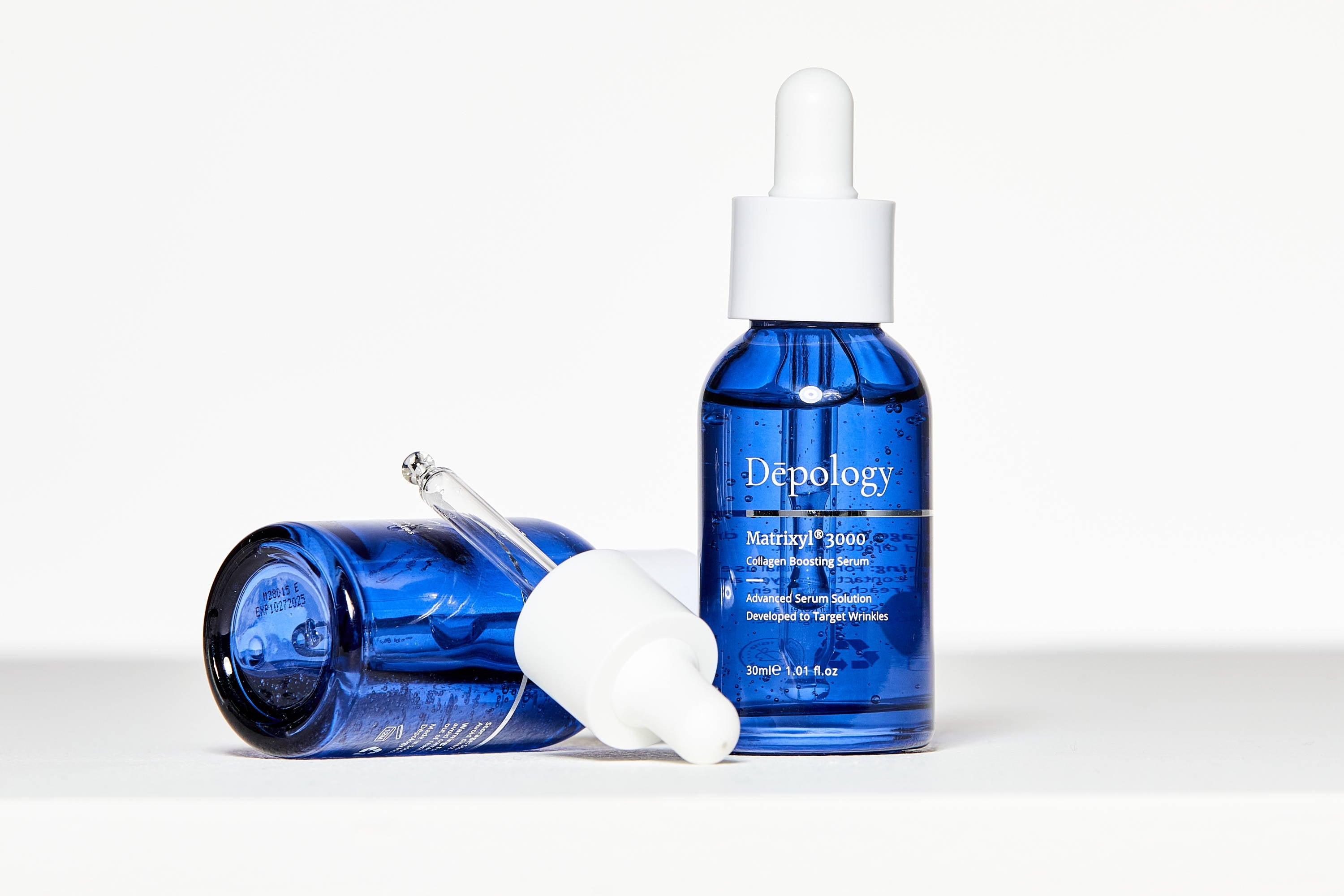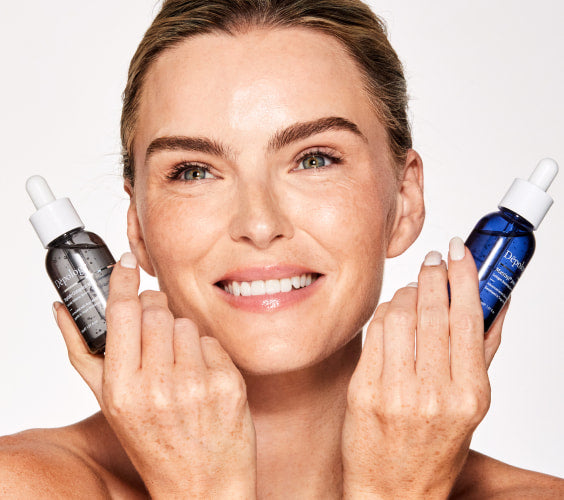
Read more

How To Prep Your Skin For Makeup: 8-Step Skincare Routine
Making sure your skin is properly prepped before applying makeup is the key to achieving a flawless makeup look that will last all day long. By following the steps in this skincare routine, you wil...
Read more
How To Use Matrixyl® 3000 Serum : Complete Guide
As you can see, the multiple benefits of collagen anti-aging peptides and ever lasting results speak for themselves. However, using a collagen peptide serum is about much more than just looking goo...
Read more










